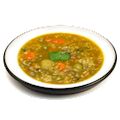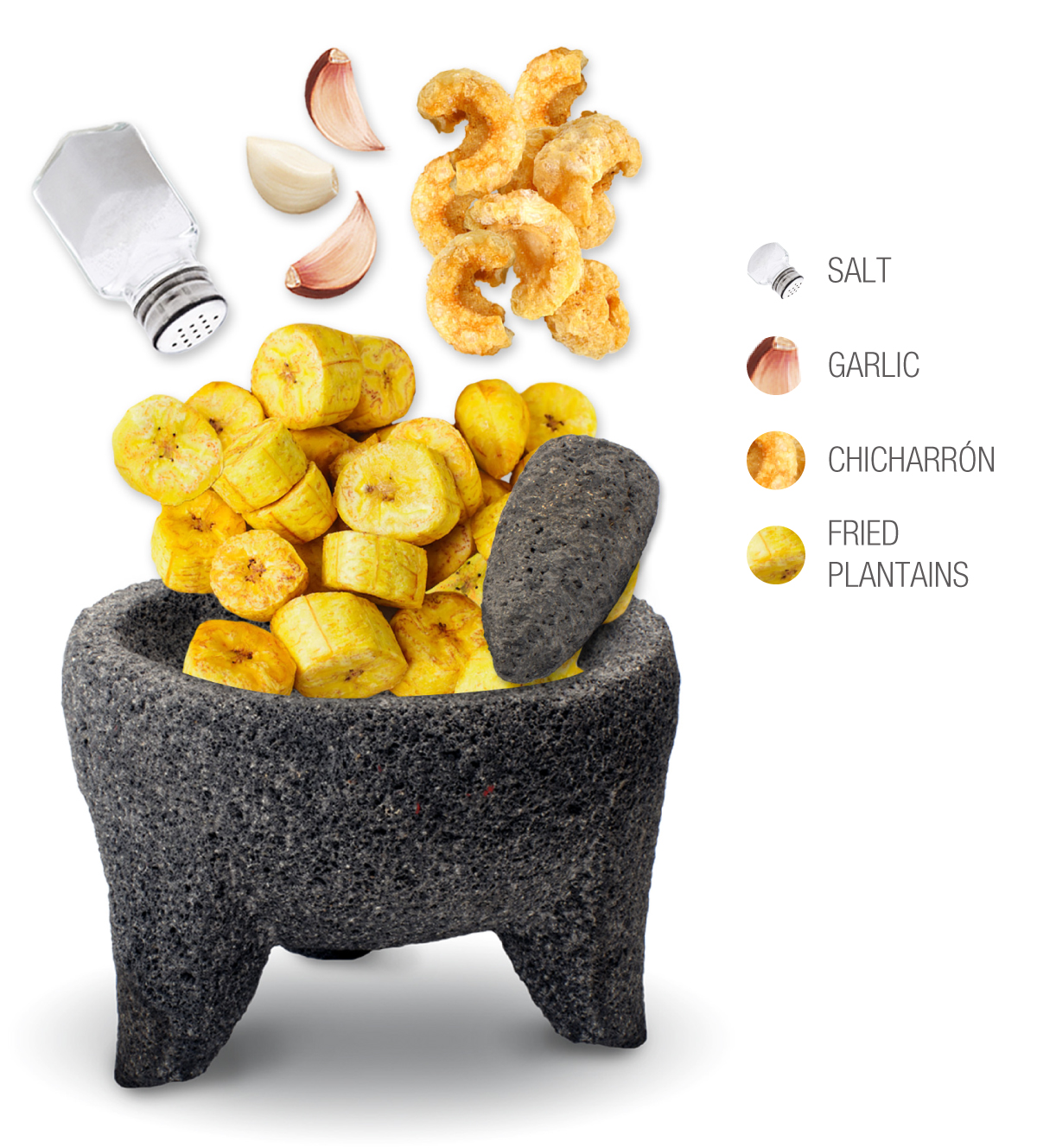Tucked between the North Atlantic Ocean and the Caribbean Sea, Puerto Rico is a sun-drenched archipelago where the local cuisine – known as cucina criolla – reflects an intriguing potpourri of native Taino Arawak, African, Spanish, and American influences.
Influences on Puerto Rican Cuisine
Before the Spanish arrived to the islands, the indigenous Taino Arawaks' thrived on corn, tropical fruit, seafood, and yucca, which they processed into flour and made a flatbread called casabe.
In 1493, the Spanish colonizers arrived and brought their own foods and techniques. Although cattle and pigs were abundant on the island, olive oil, bacalao salt cod, wine, and wheat flour had to be imported from Spain. The Spanish also introduced many vegetables and fruits to Puerto Rico, such as bananas, coffee, sugarcane, mangoes, tamarinds, and plantains. Their influence is evident in dishes such as asopao and arroz con pollo, which are based on arroz caldoso and Valencian paella.
Soon after, with the influx of African slaves, Puerto Ricans were familiriazed with vegetables such as okra and taro, as well as food preparation methods such as pounding and grating of starchy vegetables. Nowadays, grating and pounding are two basic Puerto Rican techniques, best performed in a pilón, a wooden mortar and pestle that's traditionally used to prepare mofongo.
In 1898, the United States invaded Puerto Rico and brought cheap processed foods to the island such as canned Vienna sausages, Spam, oatmeal, dried milk, and canned corned beef, which were incorporated into dishes such as arroz con salsichas (rice with Vienna sausages) and Thanksgiving turkey stuffed with mofongo.
Cucina Criolla
The dishes are colorful and laced with herbs such as bay leaves, oregano, and culantro. Rice and beans are eaten every day in most homes, especially red kidney beans, pink beans, chickpeas, and pigeon peas (gandules). The favorite meats include pork, beef, chicken, and offal, used to make dishes such as mondongo (tripe) and mollejas (gizzards). Canned meat is quite popular due to its low price, while salt cod, conch, and octopus are some of the most popular seafood items.
Fruits such as bananas, guavas, oranges, and mangoes are grown in many households, while coconuts are prized for their sweet flesh and water that's used to make refreshing desserts. And let's not forget about the versatile sofrito, made with onions, garlic, sweet chili peppers, and culantro, and used in beans, stews, rice, and meat dishes.
The most popular Puerto Rican dishes include arroz con gandules (rice with pigeon peas), pasteles (plantain cakes), tostones (twice fried plantain slices), cuchifritos (fried appetizers), and flan de queso (cream cheese dessert). Criollo foods are traditionally paired with beer or rum with cola or fruit juice.















